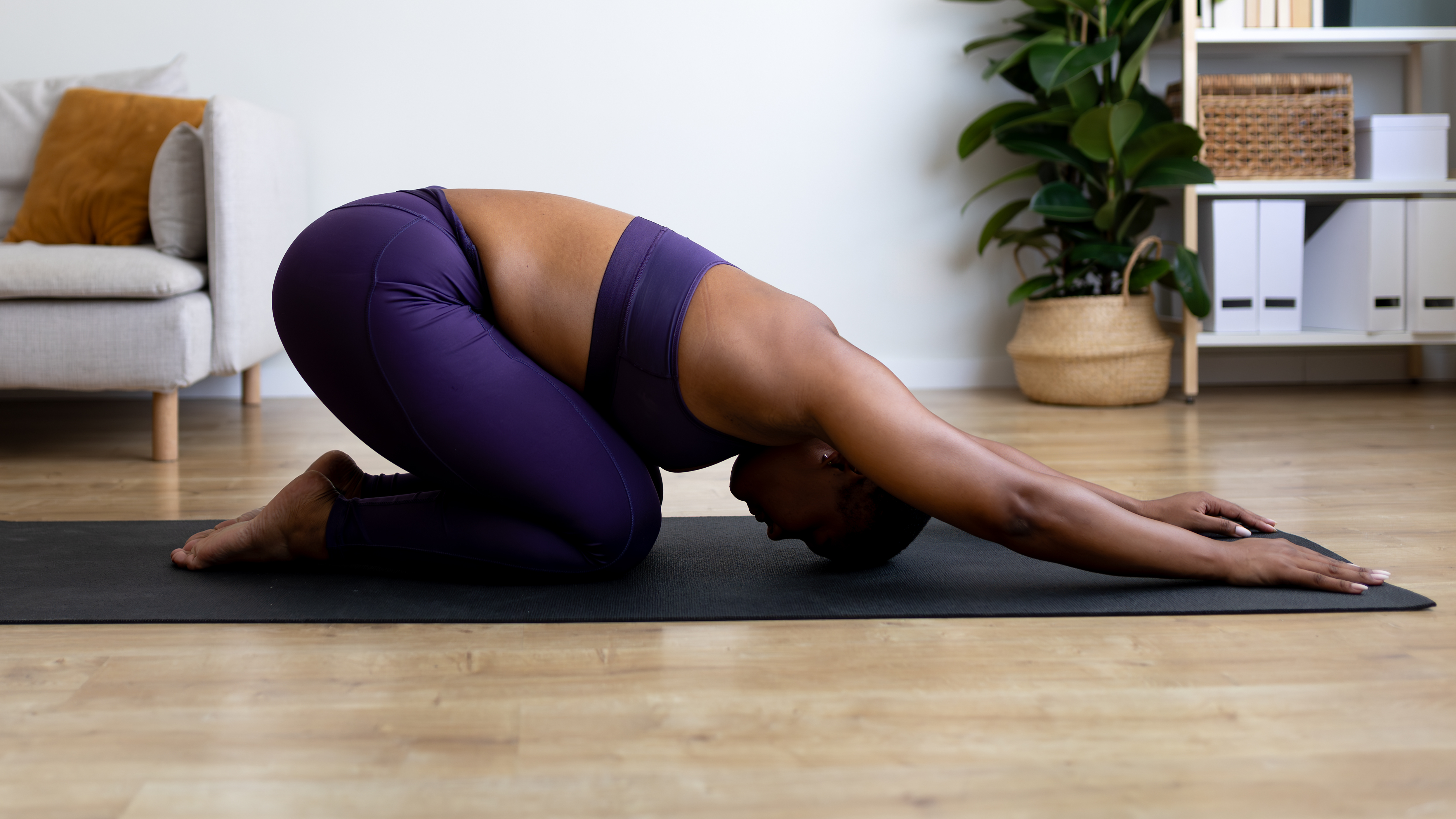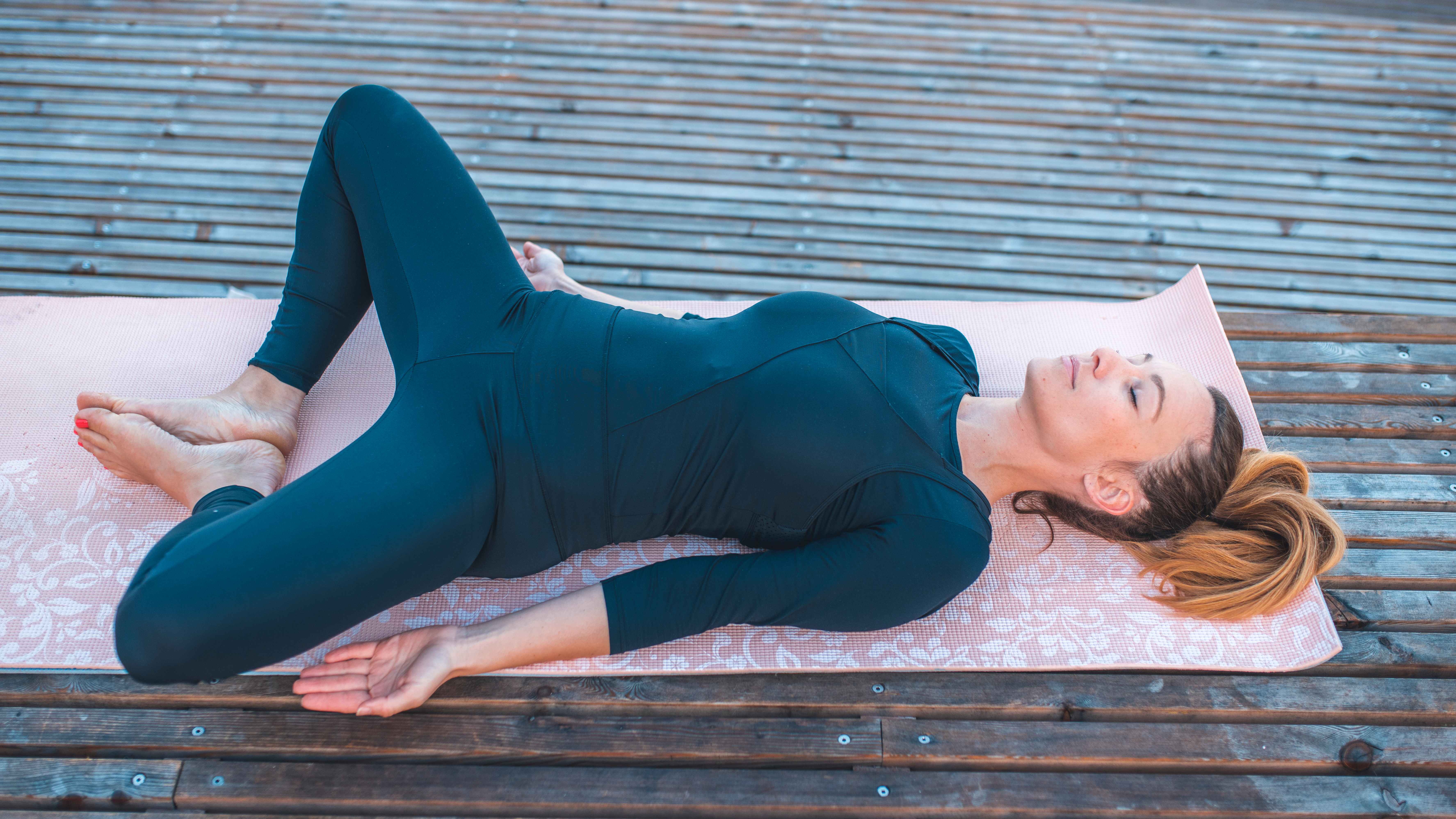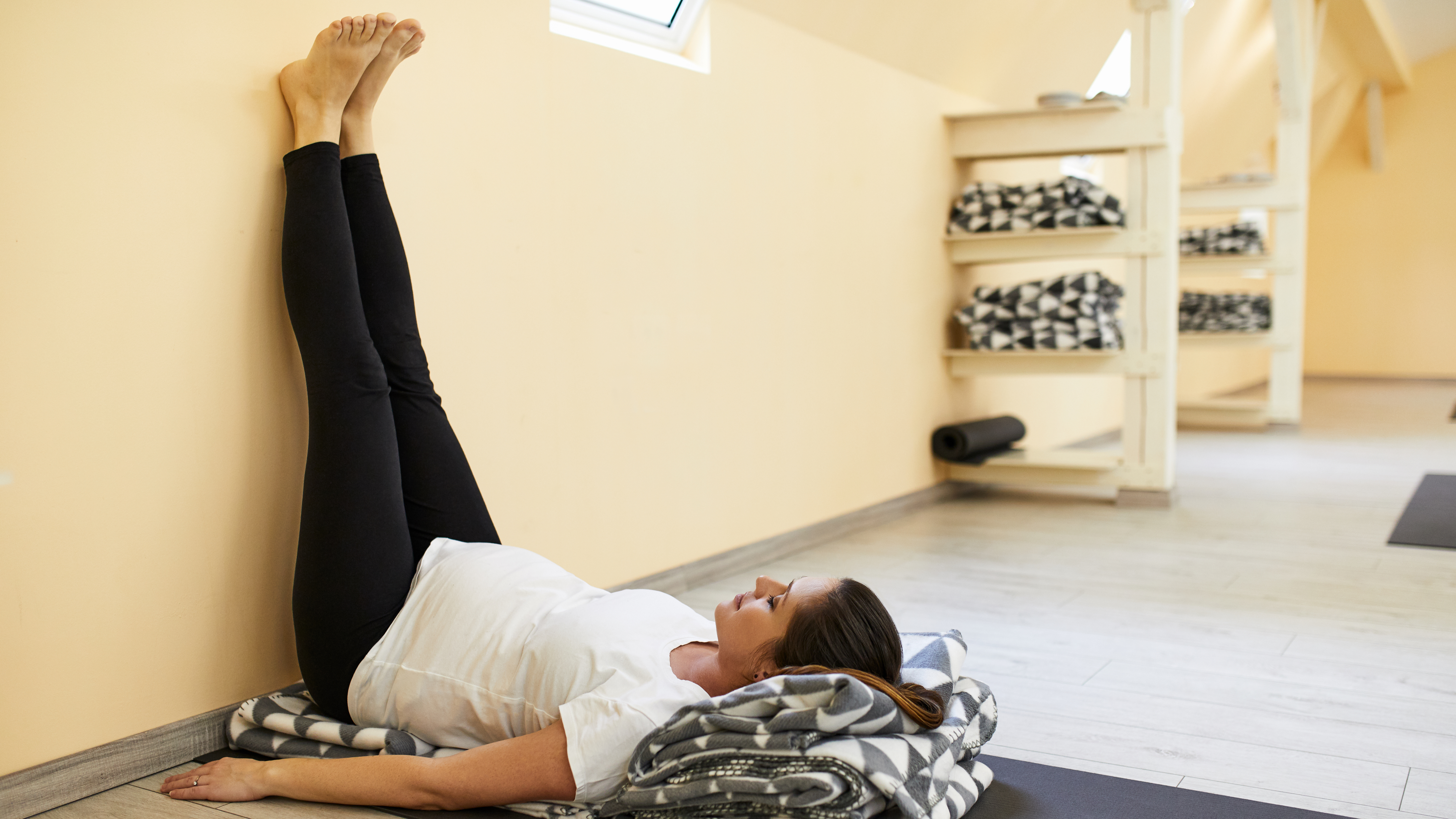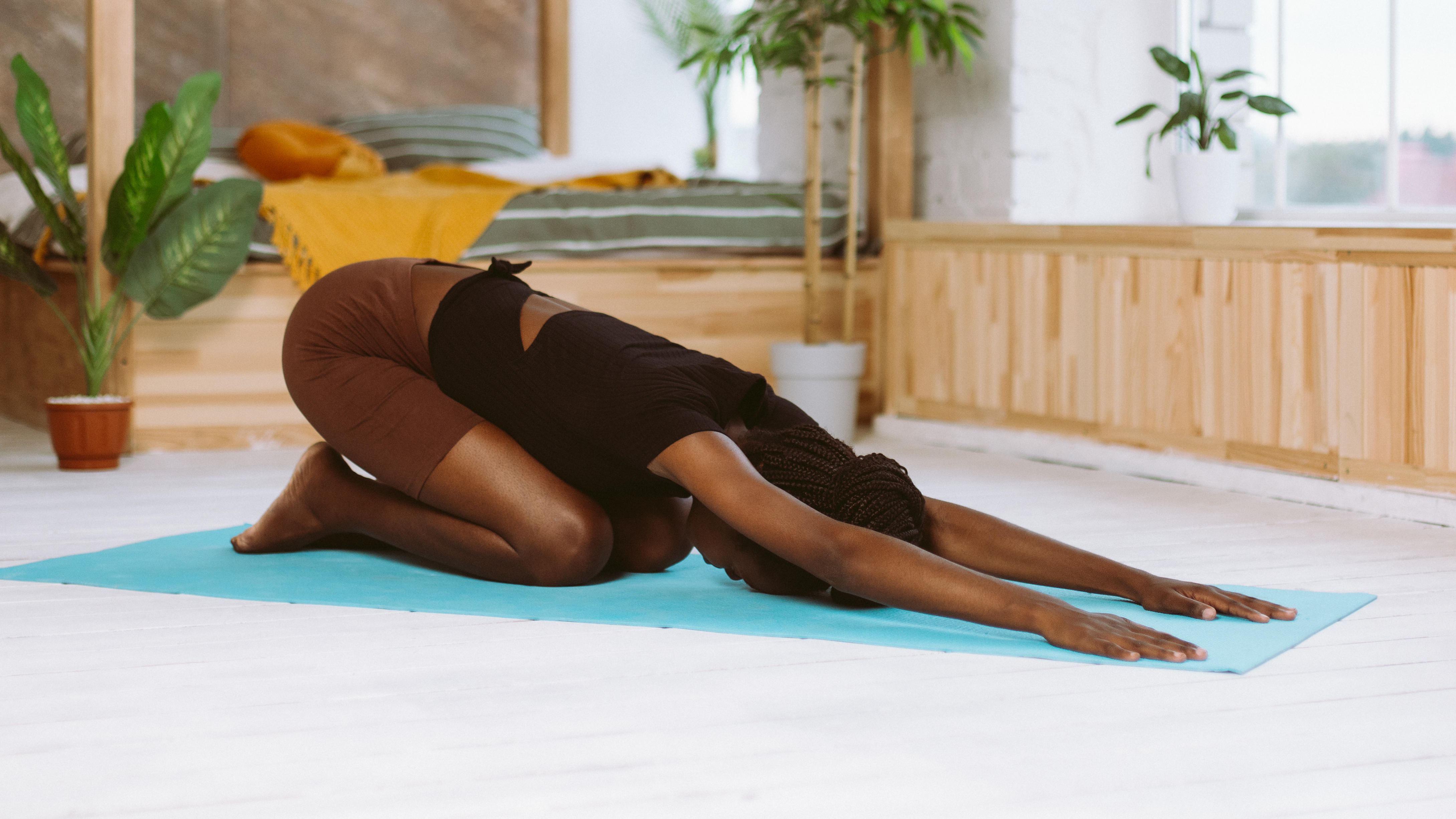“Calm the nervous system, release tension, and prepare the body for rest”—a yoga instructor shares the three moves she does before bed for a better night’s sleep
Supercharge your sleep with these expert-recommended yoga poses


If, like me, you often wake up feeling tired, groggy, or lethargic, chances are you might not be getting enough sleep.
There are some tried-and-tested sleep techniques that can help you fall into a more restful state, like avoiding caffeine and screen time before bed.
But if you’re struggling to boost your shut-eye, yoga instructor Celeste Gardner says low-impact forms of yoga, like restorative and yin, can help.
“Restorative yoga is all about deep rest,” Gardner tells us. “You hold gentle, supported poses for longer periods, often using props like cushions or blankets.
“The focus is on complete relaxation, not stretching. Benefits include lowering stress hormones, supporting recovery, and improving sleep quality.”
Yin is another slower style of yoga where poses are held for several minutes.
“The aim [of yin yoga] is different from restorative,” Gardner says.
Start your week with achievable workout ideas, health tips and wellbeing advice in your inbox.
“Instead of full relaxation, yin gently stresses the deeper tissues, fascia, joints, and ligaments to improve flexibility and mobility.
“The stillness also has a calming effect on the mind, making it beneficial for reducing anxiety and cultivating patience.”
To help you restore some calm at the end of a busy day, Gardner has shared three of her favorite bedtime yoga exercises.
“The poses I’ve suggested share the same purpose—to calm the nervous system, release tension, and prepare the body for rest.”
The three bedtime yoga poses that can help prepare the body for rest
Gardner recommends doing these poses 30-60 minutes before you hit the hay.
“Focus on slow, steady breathing with longer exhales,” she says.
“This stimulates the vagus nerve, which research has linked to better sleep quality. In yoga philosophy, these poses prepare the mind for stillness.”
1. Reclined bound angle pose (supta baddha konasana)

Time: 3-5min
- Sit on the floor.
- Bend your knees and bring the soles of your feet together, allowing your knees to drop to the sides.
- Lie back, using a bolster or pillows to make yourself comfortable.
- Rest your arms by your sides, palms facing up.
- Close your eyes and breathe deeply, relaxing your hips and shoulders.
Benefits: Opens the hips and chest and encourages deep breathing.
2. Legs up the wall (viparita karani)

Time: 3-5min
- Sit on the floor with one hip touching a wall.
- Swing your legs up the wall and lower your back to the floor.
- Keep your hips a few inches from the wall and maintain a gentle bend in the knee.
- Rest your arms out to your sides or place one hand on your belly and one on your heart.
- Breathe deeply and slowly.
Benefits: Soothes the nervous system and can improve circulation
3. Child’s pose (balasana)

Time: 3-5min
- Begin on your hands and knees, with hands under your shoulders and knees under your hips.
- Bring your big toes together and move your knees further apart.
- Sit your hips back toward your heels and stretch your arms forward.
- Rest your forehead on the mat or a cushion.
- Relax your shoulders, jaw, and lower back.
- Focus on long, slow exhales to activate the parasympathetic nervous system.
Benefits: A calming pose that stretches the spine and hips.
Becks is a freelance journalist and writer with more than 7 years of experience in the field. She writes health and lifestyle content for a range of titles including Live Science, Top Ten Reviews, Tom’s Guide, Stylist, The Independent, and more. She also ghostwrites for a number of Physiotherapists and Osteopaths.
Health has been a big part of Becks’ lifestyle since time began. When she’s not writing about the topic of health, she’s in the gym learning new compound exercises. And when she’s not in the gym, she’s most probably reading.
You must confirm your public display name before commenting
Please logout and then login again, you will then be prompted to enter your display name.
